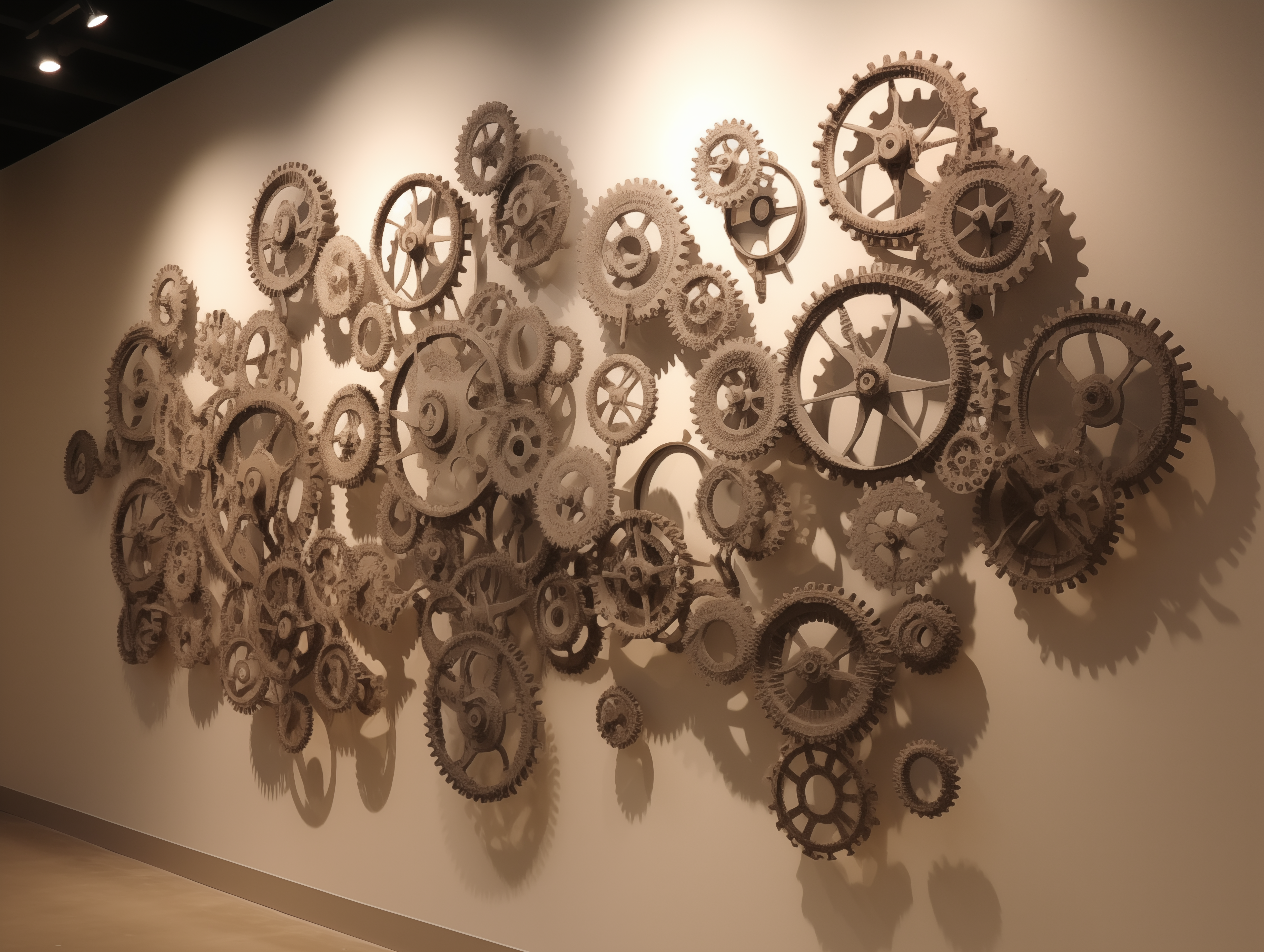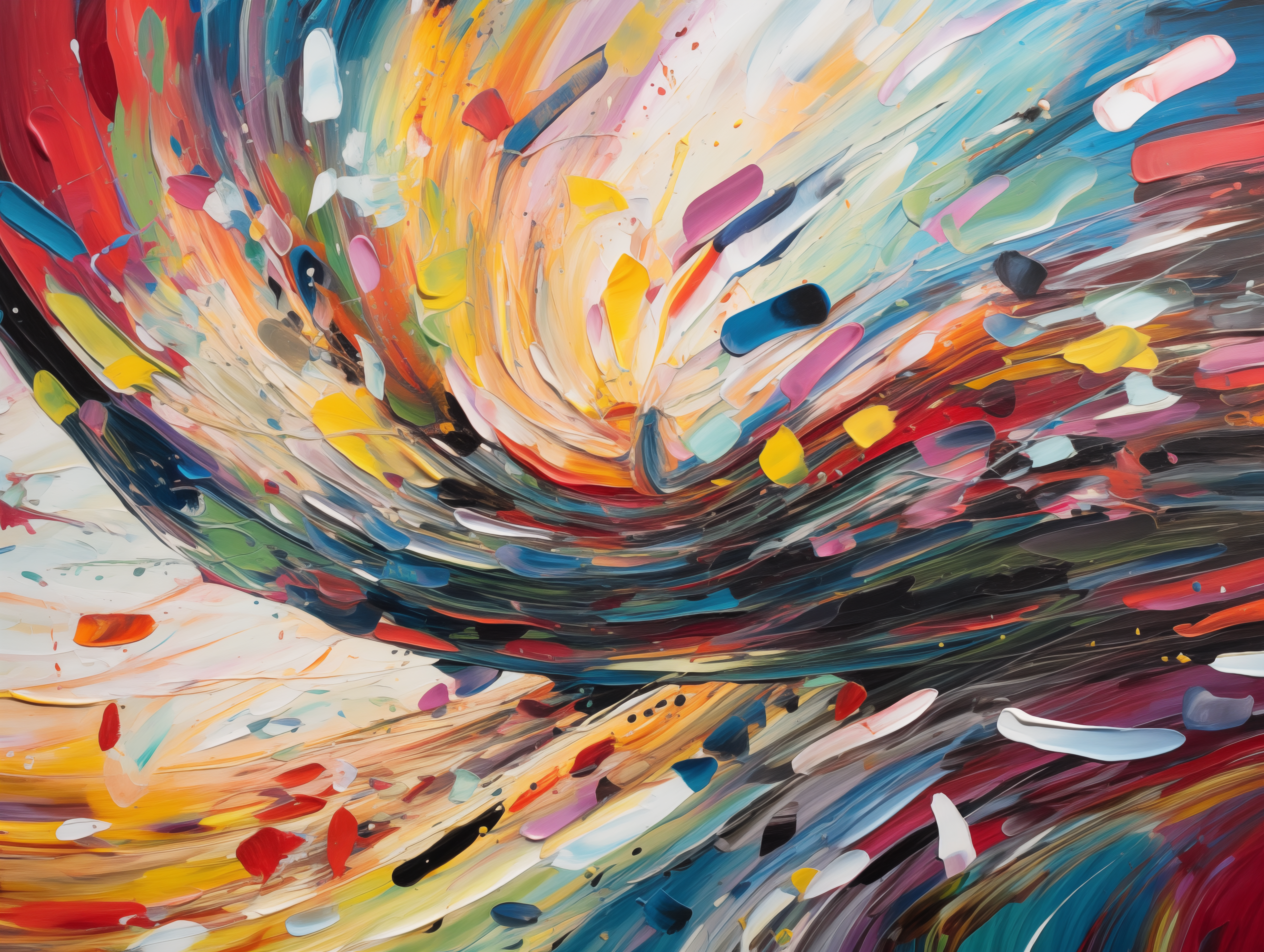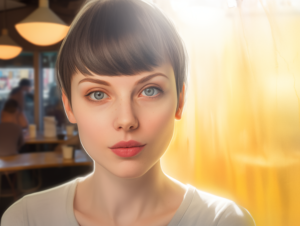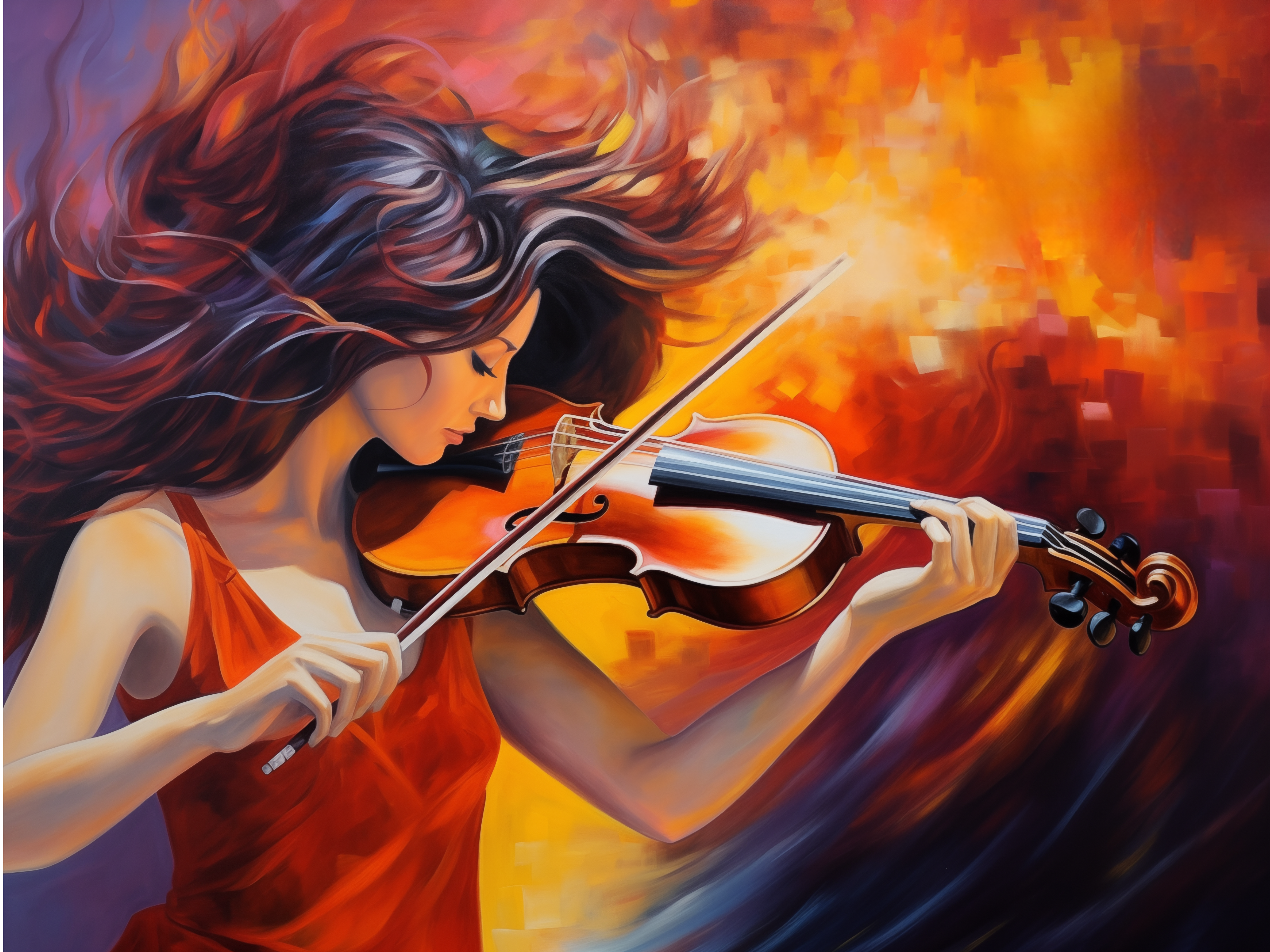Have you ever wondered what it would be like to hear a piece of music and see it explode into vivid colors? Or to look at numbers and feel their texture? For people with
synesthesia, this isn’t imagination—it’s reality. Synesthesia is a rare and fascinating neurological phenomenon where senses merge in extraordinary ways, creating a kind of sensory symphony that connects sounds, colors, textures, and even tastes.
The idea of senses blending together like this feels like the ultimate creative superpower. It’s no surprise that synesthesia has inspired some of the most brilliant minds across art, music, and beyond. Let’s explore what synesthesia is, how it’s shaped some of history’s most creative people, and how even those of us without it can use its magic to spark our own imagination.
What Is Synesthesia?
At its core, synesthesia occurs when stimulation of one sense triggers an automatic response in another. Imagine hearing a specific piano note and seeing a flash of blue or smelling roses and tasting strawberries. Scientists think synesthesia happens due to unique brain connectivity, where sensory pathways overlap in ways most of us don’t experience.
There are many types of synesthesia, and each creates a unique sensory world:
- Chromesthesia: Seeing colors in response to sounds, such as music or even everyday noises.
- Grapheme-Color Synesthesia: Associating letters or numbers with specific colors (e.g., the number “4” might always be green).
- Number Form Synesthesia: Visualizing numbers or sequences as physical shapes in space.
- Lexical-Gustatory Synesthesia: Tasting specific flavors when hearing words.
- Mirror-Touch Synesthesia: Feeling physical sensations on your own body when watching someone else being touched.
It’s fascinating to think about how these sensory connections can shape not only someone’s perception of the world but also their creativity and art.
Synesthesia’s Influence on Famous Creatives
Music and Visual Art
We know that artists like
Wassily Kandinsky used synesthesia as a source of inspiration, describing his paintings as “visual symphonies” that reflected the music he saw in his mind. But the influence of synesthesia extends far beyond just visual art and music.
Literature
Take
Vladimir Nabokov, for instance, who had grapheme-color synesthesia. For him, letters and sounds were alive with color, and this sensory richness infused his writing. His ability to describe textures, sounds, and emotions with such depth gave his work a vibrancy that readers could almost feel. Synesthesia became his creative edge, giving his stories a heightened sensory quality that draws readers in.
Dance
Synesthesia has also left its mark on the world of dance. Choreographers like
Carolyn Carlson use their sensory experiences to translate music into movement, creating performances that feel like sound brought to life. Watching her work is an experience that blurs the boundaries between sight, sound, and motion, leaving audiences completely mesmerized.
Can Synesthesia Be Cultivated or Simulated?
For those of us without synesthesia, it might seem like a distant, unattainable ability—but there are ways to tap into the concept and simulate cross-sensory thinking:
- Visualization Exercises: Try listening to a piece of music and imagining the colors, shapes, or textures it evokes. For me, I like to close my eyes and let the mood of a song guide the strokes in my paintings. It’s not true synesthesia, but it unlocks a new level of creativity.
- Creative Pairings: Experiment with combining senses intentionally. For example, what would the taste of coffee look like as a painting? Or what colors would describe the feel of velvet? These creative experiments can push your imagination in surprising ways.
- Mindfulness and Meditation: Tuning into your senses and exploring how they overlap—like noticing how a certain sound feels physically—can encourage cross-sensory awareness.
While it’s not possible to “create” true synesthesia, practicing these techniques can still help you think and create in new ways.
Modern Tools That Mimic Synesthetic Experiences
Technology has made it easier than ever to experience synesthesia-like sensations, even for those who don’t naturally have it. Here are a few innovations that bring the idea of sensory blending to life:
- Music Visualizers: Platforms like Spotify and YouTube offer music visualizers that transform songs into vibrant animations. While algorithmic, these tools give a glimpse into what chromesthesia might feel like.
- Virtual and Augmented Reality (VR/AR): VR experiences allow you to “step into” a sensory world where sounds, colors, and textures interact in real time. Imagine walking through a virtual space where each note of a symphony creates a swirl of light around you.
- Interactive Installations: Artists like Ryoji Ikeda create immersive sound-and-light installations that mimic synesthetic experiences. These spaces feel like you’ve stepped inside a song, where every sound resonates with a corresponding visual.
- Apps and Software: Programs like Synesthetic let users experiment with sound and color, creating their own sensory pairings and exploring the intersection of music and visuals.
These tools allow anyone to explore the magic of sensory blending, offering a creative playground for artists, musicians, and innovators alike.
Why Synesthesia Matters
Synesthesia is a reminder of just how interconnected our senses—and our creativity—can be. For those who naturally experience it, it’s a way of seeing the world that’s richer and more dynamic than most of us can imagine. For the rest of us, exploring its principles can spark new ways of thinking and creating.
It’s about asking questions like, “What does this sound look like?” or “What would this feeling taste like?” These seemingly strange connections can unlock deeper levels of creativity and push us to think beyond the ordinary.
Closing Thoughts
Synesthesia offers a glimpse into a world where every sound, sight, and texture is alive with hidden connections. Whether you’re a synesthete, an artist, or simply curious, it’s a fascinating reminder that creativity knows no boundaries.
So, what about you? What would your favorite song look like as a painting? Or what colors and textures would describe your name? Let’s explore this symphony of senses together.




